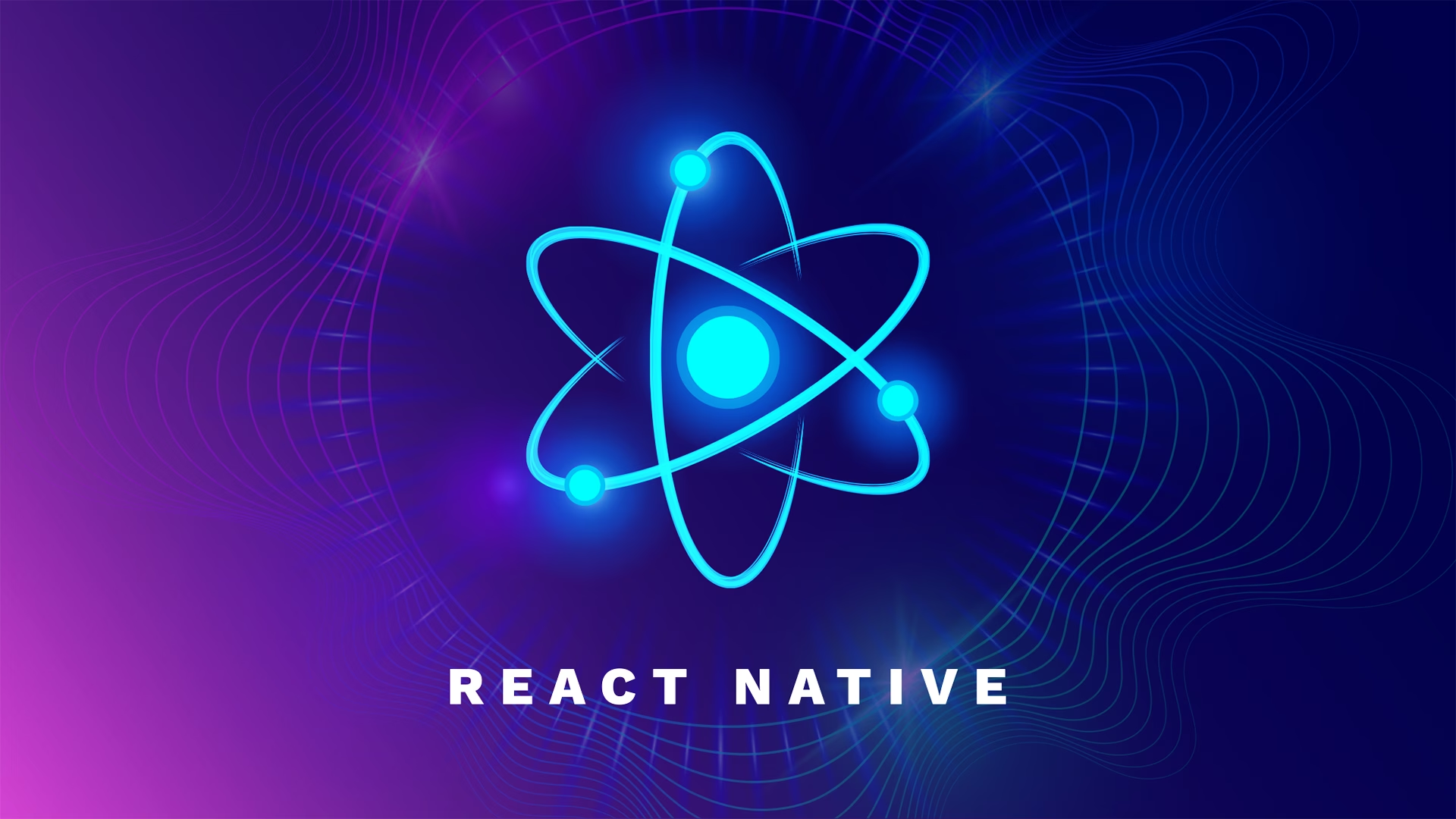
It wasn't too recently that Fabric, a new rendering architecture for React Native, was officially released, providing great performance improvements over the previous React Native architecture. React Native is a powerful, open-source JavaScript library that enables developers to build native applications for both Android and iOS devices. With React Native, developers can create high-performance mobile apps with the same look and feel as traditional native apps—all without having to learn platform-specific languages such as Java or Swift. Furthermore, React Native allows developers to write code once and deploy it on multiple platforms simultaneously. This makes it an excellent choice for those who want to quickly develop cross-platform applications with minimal effort. Additionally, Fabric's new rendering architecture helps ensure that applications built using React Native are highly optimized for performance and scalability.
The introduction of the Fabric renderer brings more features from React into React Native. In particular, it improves support for new patterns in React such as Server-Side Rendering, React Suspense, and Concurrent Features.
Why React Native was Originally Created
React Native was originally created by Facebook in 2015 as a way to make developing mobile applications easier. They wanted to give developers the ability to build apps for both iOS and Android with just one codebase, rather than having two separate ones for each platform. This would save time, money, and resources when building an app from scratch or porting an existing web application. React Native also makes it much simpler for developers to create cross-platform applications that run on multiple devices without sacrificing performance or user experience. It has since become one of the most popular frameworks used by developers today due to its flexibility and efficiency.
React and React Native are two distinct technologies, although they have some similarities. React is a JavaScript library created by Facebook to help developers build user interfaces more quickly and efficiently. It can be used in any type of web application, from simple websites to complex single-page applications (SPAs). On the other hand, React Native is an open-source framework for building mobile apps that use native components instead of webviews. This means it creates apps with a truly native look and feel that perform better than those built with HTML or JavaScript alone. While both technologies make developing faster and easier for developers, each has its own unique features and benefits when it comes to creating different types of applications.
Prior to creating React Native, Facebook was plagued by slow performance when using web technologies in its mobile app. Mark Zuckerberg famously lamented that the use of web technologies was the single biggest mistake the company made around this time period. The use of the virtual DOM in React, coupled with a React Native architecture that utilized natively rendered components, greatly alleviated these performance concerns.
Why React Native is Still Here
React Native is a powerful and efficient mobile application development framework that enables developers to create cross-platform apps with native UI components. It allows users to build robust, high-performing applications for both Android and iOS platforms using the same codebase. React Native utilizes modern JavaScript libraries such as Redux, MobX, NodeJS, and ES6+ to provide an enhanced user experience. The framework also offers access to device hardware features like GPS, camera, accelerometer, etc., making it easier for developers to create complex apps quickly and easily. Furthermore, its open-source nature makes it ideal for the rapid prototyping of applications in a cost-effective manner. With all these advantages combined together, React Native has become one of the most popular frameworks used by developers today.
React Native is still here in 2023 due to active improvements, the continual need for strong cross-platform development platforms, and it's ability to stick out in comparison to another cross-platform tooling. Businesses will not soon relent on the desire to use cross-platform utilities to build mobile apps, as no one wants to build the same app twice.
Cross-platform apps offer a variety of advantages such as increased efficiency, cost savings, faster development time, and better user experience. By using a single codebase, developers are able to reduce costs and save time by avoiding the need to develop separate versions of an app for different platforms. This can result in considerable cost savings when compared to developing two separate native apps. Additionally, cross-platform apps provide a consistent look and feel across multiple devices that contribute to a better user experience. The user interface components are also easily reusable which helps speed up the app development process. Furthermore, React Native provides direct access to device hardware features like GPS, camera, accelerometer, etc., enabling developers to create complex apps quickly and efficiently. All these factors combined make React Native an ideal choice for businesses looking for a cost-effective solution for their mobile app requirements.
The Future of React Native
In the future, we hope to see continual improvements to React Native like we did with Fabric. Because React Native is actively used in the Facebook mobile app, it seems likely that improvements of this sort will continue.
Additionally, with the introduction of the new Fabric render, we hope to see more stability for user interfaces outside of phones and tablets. While it is technically possible to build React Native apps for watches and wearables, the fact is that stability outside of mobile operating systems is sparse. The new renderer could provide the opportunity for improvement here.
We look forward to seeing what React Native will bring us in 2023.






